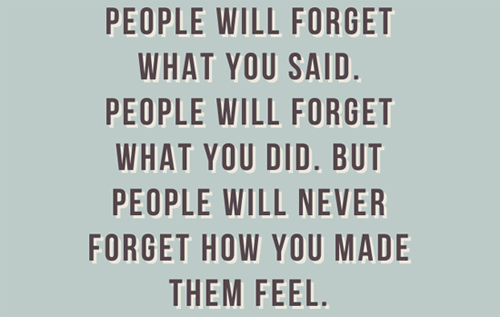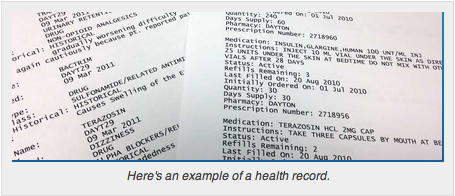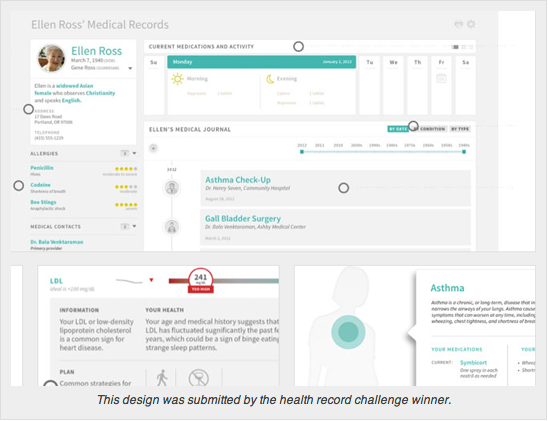Re-imagining Clinical Trial Info in a Patient-Centric Way
You know those moments when you come across a really exciting idea, and you say to yourself, "why didn't I think of that?"
You know those moments when you come across a really exciting idea, and you say to yourself, “why didn’t I think of that?!”
I had such a moment recently.
No, this moment was not inspired by the creation of SnapCat(though I wouldn’t blame you for that assumption, given SnapCat’s brilliance).
I’m referring to a Lilly Clinical Open Innovation (LCOI) team blog post a few months back, which teased at an upcoming clinical trial challenge.
Lilly has since announced the details of this challenge, which is currently underway.

A Big Problem in Clinical Trials
Before describing Lilly’s challenge, let’s talk about a big problem in clinical trials. The fact that most clinical trial information is patient unfriendly is pretty well-documented.
As a former clinical research coordinator, I’m intimately familiar with this unfortunate reality. An important part of my job as a coordinator was to translate dense clinical trial jargon to more patient centric language. However, the fact that site staff are available as translators does not mean we should continue to rely on them for that purpose.
We owe patients more.
I could talk about the fact that our industry invests relatively little in providing basic clinical trial education. I could talk about the fact that most online clinical trial registries are incomplete and/or poorly designed. I could talk about the fact that informed consent forms require an absurdly high reading level for comprehension.
These points are all important. But I think they’re also suggestive of a larger issue.
Maya Angelou has been quoted as saying:

I’d argue that this quote is very relevant to clinical trial participation, particularly when discussing patients who are sick.
How patients are made to feel will dramatically impact their willingness to consider, initiate, and continue clinical trial participation. That’s been my experience, but there is alsopatient recruitment research supporting this point.
So how does clinical trial information, as it’s currently presented, often make patients feel?
- Intimidated
- Confused
- Frustrated
- Disconnected
The use of patient centric clinical trial information is an important step in overcoming negative feelings about participation.
Clinical Trial Visualization Redesign Challenge
Clinical trials are complex. The task of succinctly translating that complexity into layman’s terms is not a trivial one. Nor is it a task our industry has meaningfully progressed on.
Creative solutions are needed. Lilly’s Clinical Trial Visualization Redesign Challenge is intended to spark such creative solutions.
If you are not familiar with challenges, here’s some background. In the last few years, challenges have become a popular way to crowdsource solutions to difficult problems. Typically the sponsor will offer prizes to the winners. Such challenges are open to the public, so they are a great way to break out of “insider” thinking about a problem. (Incidentally,Rebar Interactive is currently a finalist in the Shire ADHD Transitions Challenge.)
For the Lilly challenge, competitors are being provided sample clinical trial documents, including a protocol, informed consent form, and clinicaltrials.gov page. Using these documents, they are to submit one or more image or browser viewable files that include particular data fields. These submissions are to be designed so that they are ultimately implementable using HTML, CSS, and JavaScript.
Participants are competing for a total of $75,000 in cash prizes, and submissions are dueOctober 2. Designs are being judged according to the following criteria:
- Visual presentation
- Patient usefulness
- Appropriateness for mobile or web application
- Potential impact on clinical trials

As I mentioned at the opening of this blog post, I was really excited about the challenge when I first became aware of it. Little did I know that the Lilly COI team would later ask me to serve on the judging panel.
I am truly honored to have the opportunity. For one, I have great respect for the Lilly COI team’s work. Second, Lilly has assembled a very high caliber panel of judges, and I’m honored to be in their company.
Why is Lilly’s Challenge Notable?
Last but not least, I feel privileged to serve as a judge for what I believe to be a very notable development in the evolution of clinical trials.
Here’s what makes this challenge unique and important:
- It addresses the big clinical trial problem I discussed previously, which has long served as a barrier to clinical trial awareness, engagement, and recruitment.
- To my knowledge, this is the first challenge of this nature that addresses a clinical trial problem.
- Lilly’s challenge is one of only a few crowdsourcing examples in clinical trials.
- Challenge competitors must agree to a Creative Commons Attribution 3.0 Unported License, which means the design will be released to the public for reuse.
What Will the Outcome Be?
I certainly cannot predict what the outcome of this challenge will be. However, a previously completed challenge is illustrative of the possibilities.
Last year the Office of the National Coordinator for Health Information Technology (ONC) created a challenge inviting competitors to redesign the patient health record.
The overall winner transformed this…

…into this:

The screenshots above are a taste of what this challenge produced, but by no means do these images do the submitted designs justice. To get a better sense of the quality and diversity of designs, view them here.
Whatever the Lilly challenge ultimately produces, my hope is that it will go a long way inovercoming the negative feelings patients often have when viewing clinical trial information.
When viewing clinical trial information in the future, hopefully patients can feel:
- Informed
- Engaged
- Empowered
- Optimistic
This blog originally appeared on Rebar Interactive. Rahlyn Gossen is a former clinical research coordinator and the owner of Rebar Interactive, a digital media company serving the clinical research industry. You can find her on twitter @rebarinter.